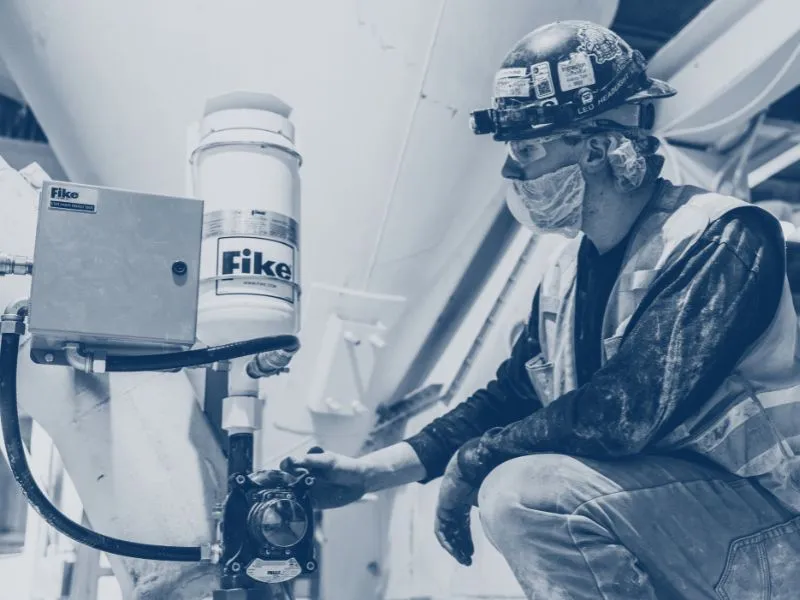When explosion protection is required the Fike System Design Team will determine the most reliable and cost effective solutions for your unique process.
They often begin by exploring whether a passive system, one that uses explosion vents and isolation valves without electronic intervention, is achievable. However, reasons why a passive system may not be viable include. Insufficient surface area is available for vent panels or the geometry of the ducts do not support passive isolation devices.
The process is located inside and venting an explosion to an exterior wall or installing a flameless vent cover is impossible.
The release of hazardous product is toxic to plant personnel or the environment.
The ability to quickly resume production after an explosion is necessary.
In these scenarios, an active explosion protection system will be required. One of the biggest advantages of an active system is the speed at which a process may be restarted after an explosive event. While a passive system allows the deflagration to fully develop before the devices are activated, an active system will detect and extinguish the deflagration within milliseconds of ignition.
This results in low risk of post explosion, fires, and equipment damage, and minimizes unplanned production downtime.

